
Nautiloidea (Subclass · Overview)
Nautiloidea
Nautiloidea is an ancient subclass of cephalopods. Today only a handful of l···

Percebes (Goose Barnacle · Overview)
Pollicipes pollicipes (commonly meant)
Percebes commonly refers to the goose barnacle, and in European gastronomy m···
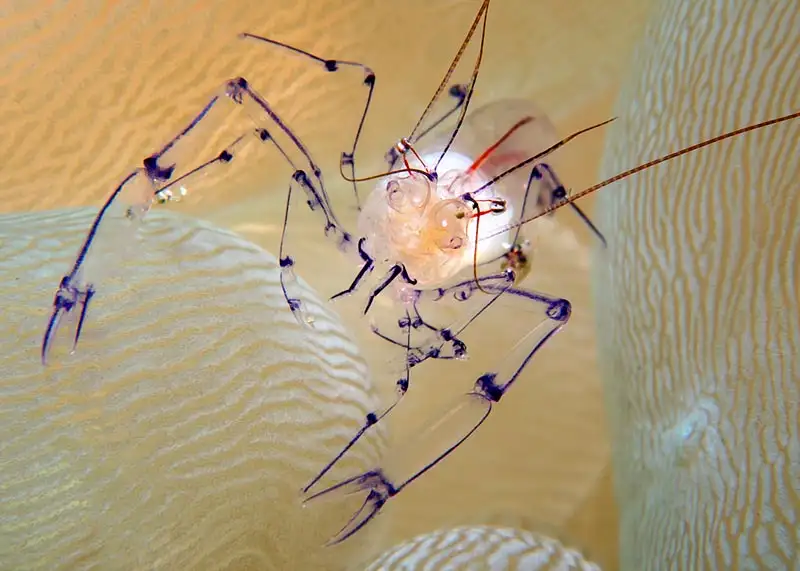
Vir philippinensis (Philippine Anemone Shrimp)
Vir philippinensis
Vir philippinensis—often called the Philippine anemone shrimp—is a commens···
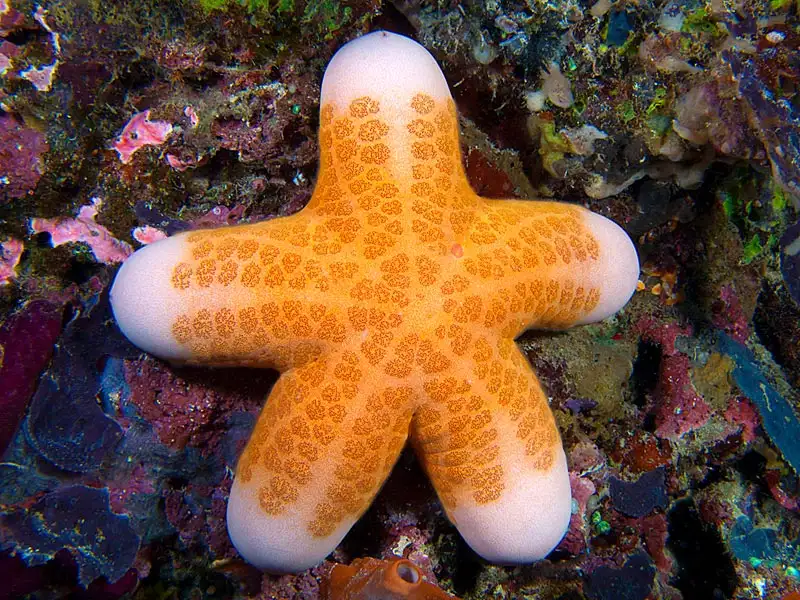
Choriaster granulatus (Granulated Sea Star)
Choriaster granulatus
Choriaster granulatus—the doughboy / granulated sea star—belongs to family···
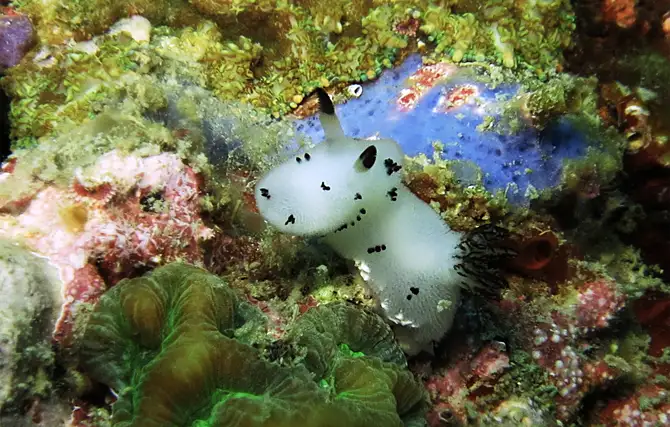
Jorunna funebris (Dotted Nudibranch)
Jorunna funebris
Jorunna funebris, often called the dotted (Dalmatian) nudibranch, is a dorid···
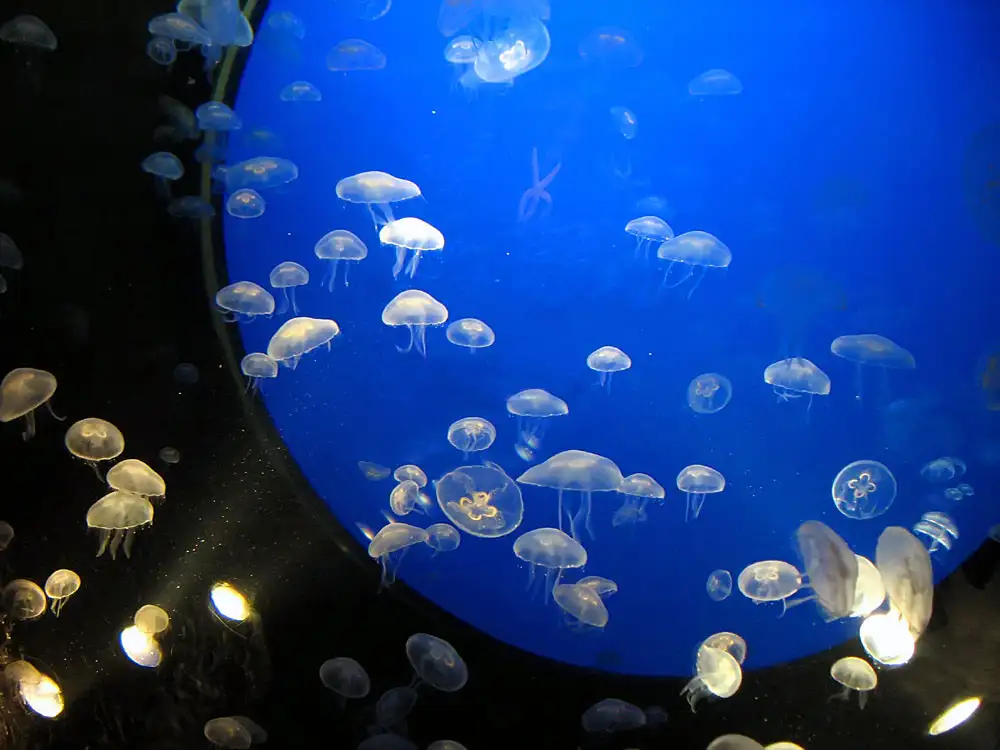
Scyphozoa (True Jellyfish · Overview)
Scyphozoa
Scyphozoa—the true jellyfish—are cnidarians whose life cycles are dominate···
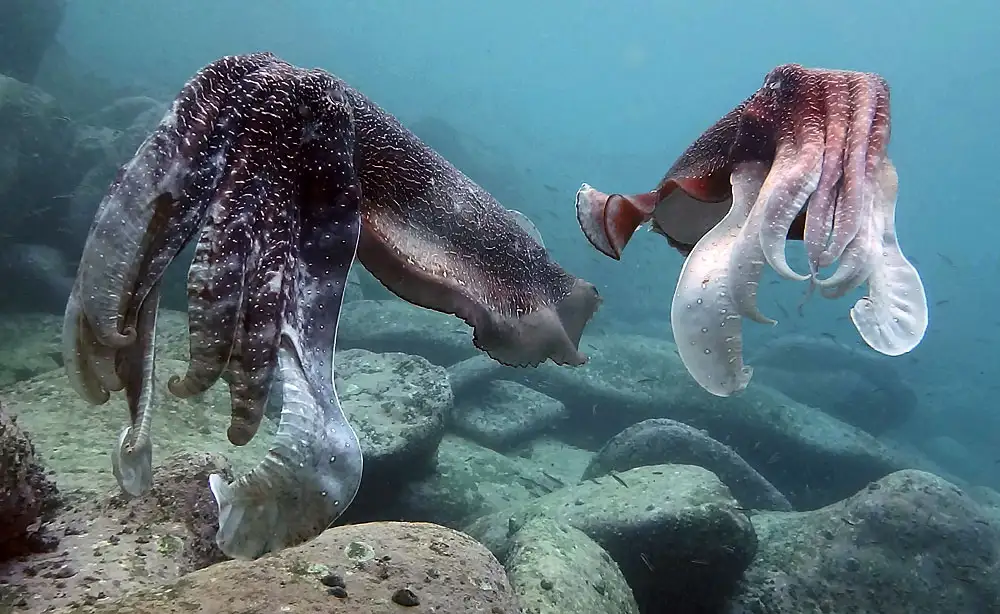
Giant Australian Cuttlefish
Sepia apama
Sepia apama, the Giant Australian Cuttlefish, is among the largest cuttlefis···
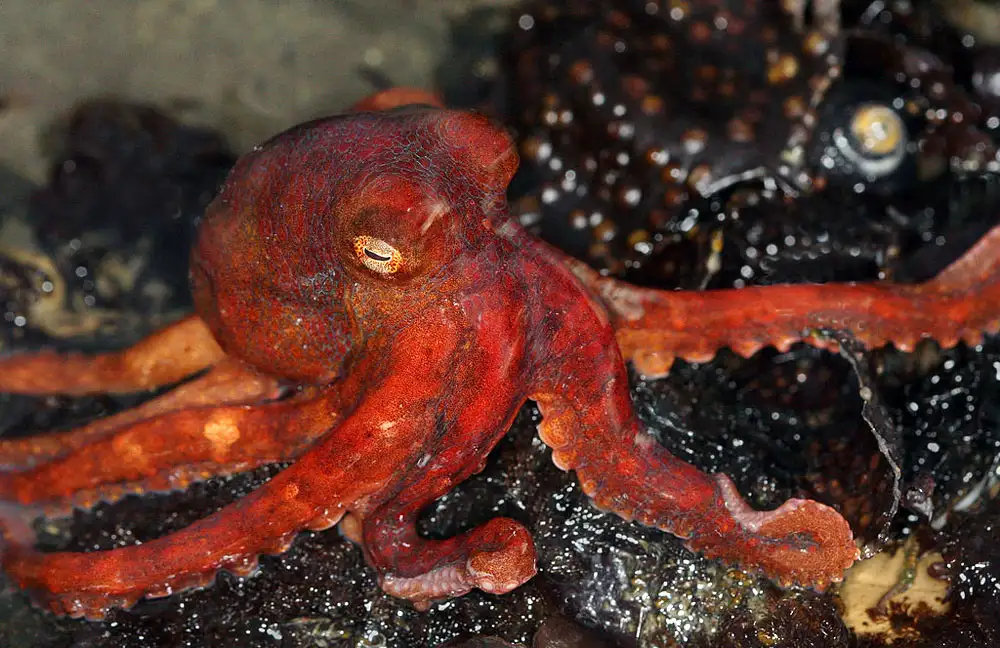
Octopodidae (Overview)
Octopodidae
Octopodidae is the principal family of true octopuses (Cephalopoda: Octopoda···
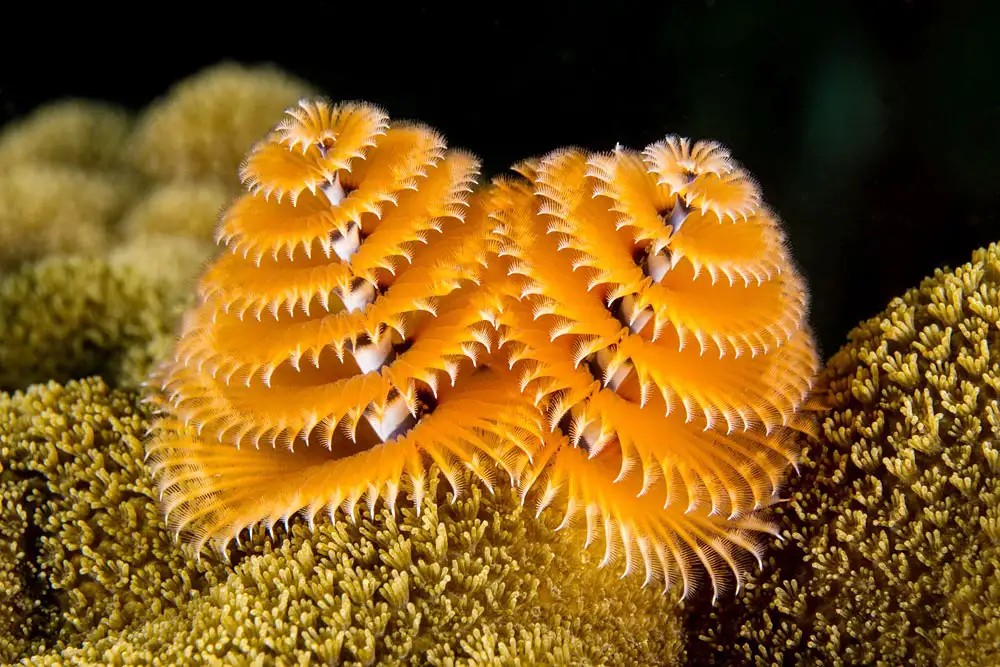
Christmas Tree Worm
Spirobranchus giganteus
Spirobranchus giganteus—the Christmas tree worm—is a tube‑dwelling serpul···
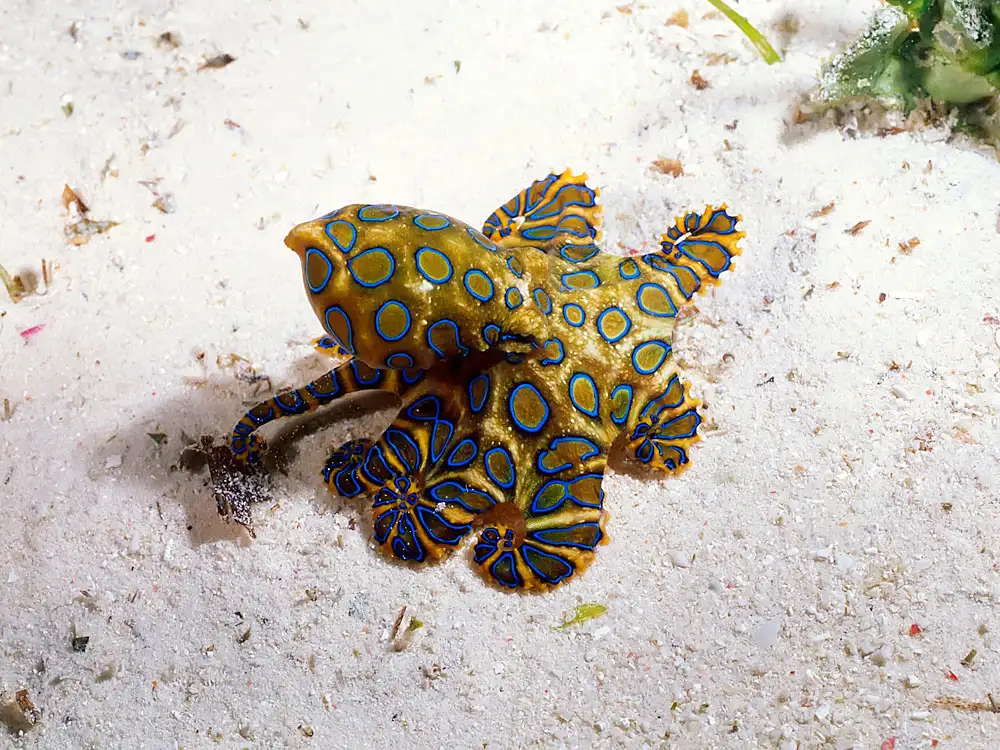
Southern Blue‑Ringed Octopus (Highly Venomous)
Hapalochlaena maculosa
Hapalochlaena maculosa—the southern blue‑ringed octopus—is a small, highl···

Crinoids (Overview)
Crinoidea (crinoids)
Crinoids (class Crinoidea) comprise stalked sea lilies and unstalked feather···
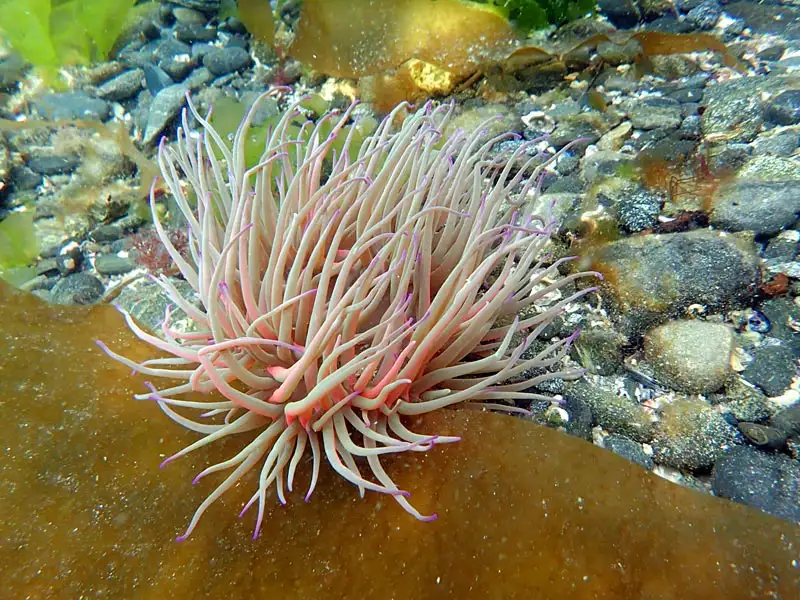
Sea Anemones
Actiniaria
Actiniaria (sea anemones) are anthozoan cnidarians that are typically solita···
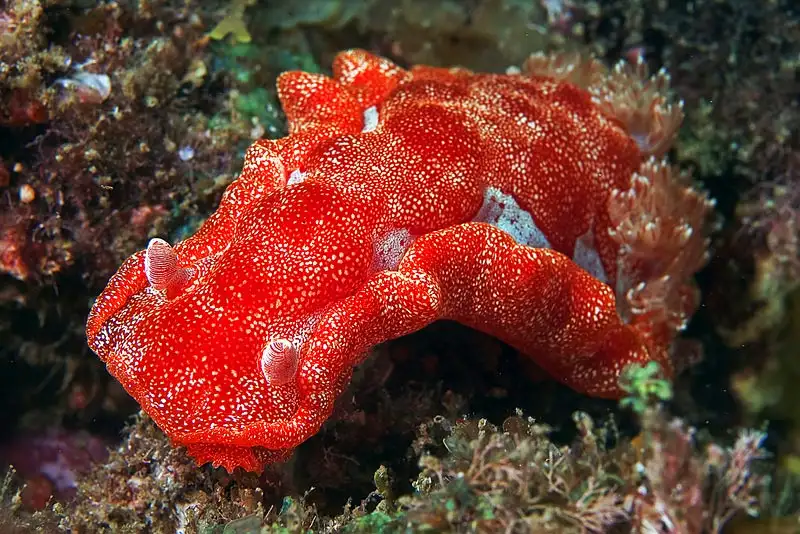
Spanish Dancer Nudibranch
Hexabranchus sanguineus
Hexabranchus sanguineus, the iconic Spanish dancer, is one of the largest an···
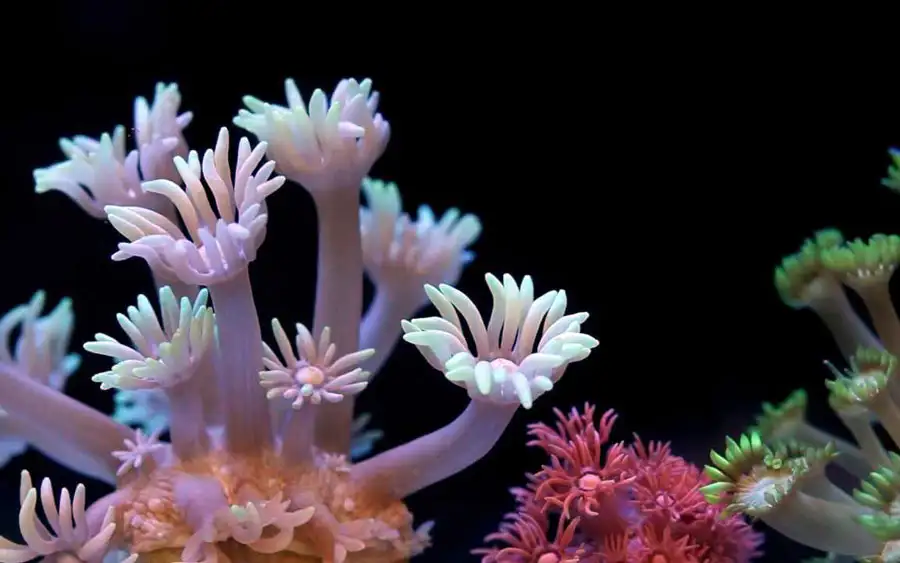
Lobed Flowerpot Coral
Goniopora lobata
Goniopora lobata is a classic “flowerpot coral” in family Poritidae (order···
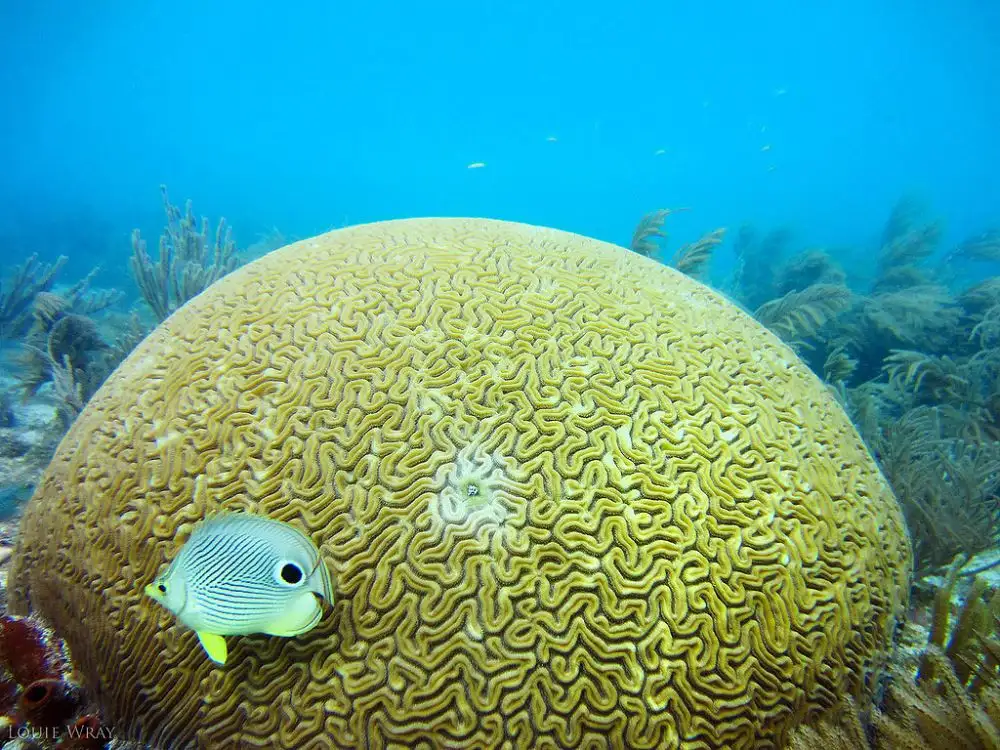
Open Brain Coral
Trachyphyllia geoffroyi
Trachyphyllia geoffroyi, the open brain coral, is a classic large‑polyp sto···
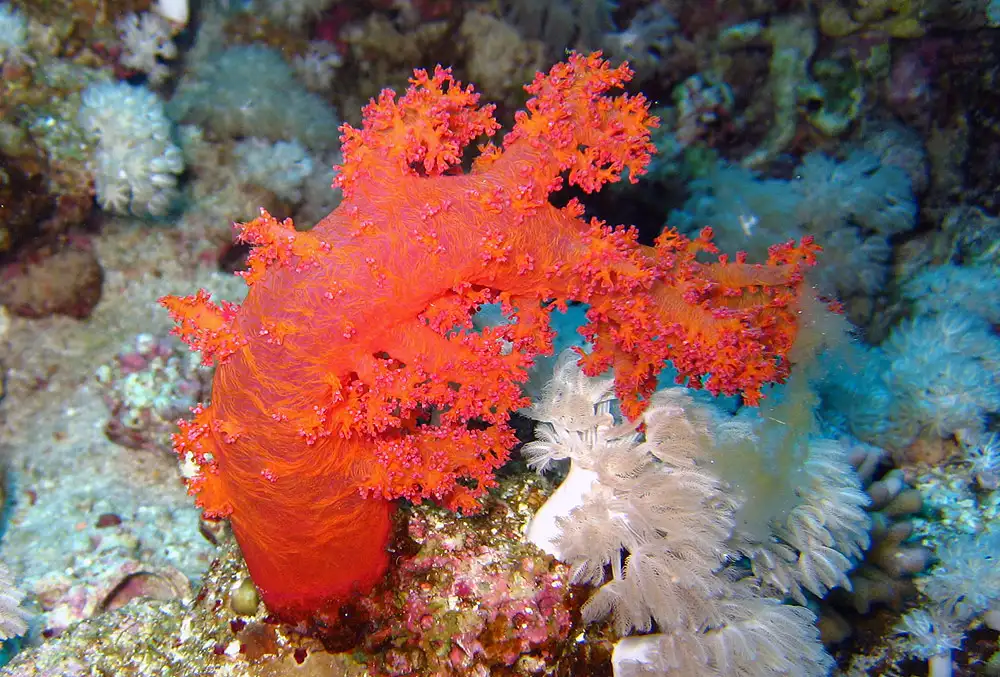
Carnation Soft Coral
Dendronephthya sp.
Dendronephthya sp. (carnation/tree soft corals) are azooxanthellate octocora···
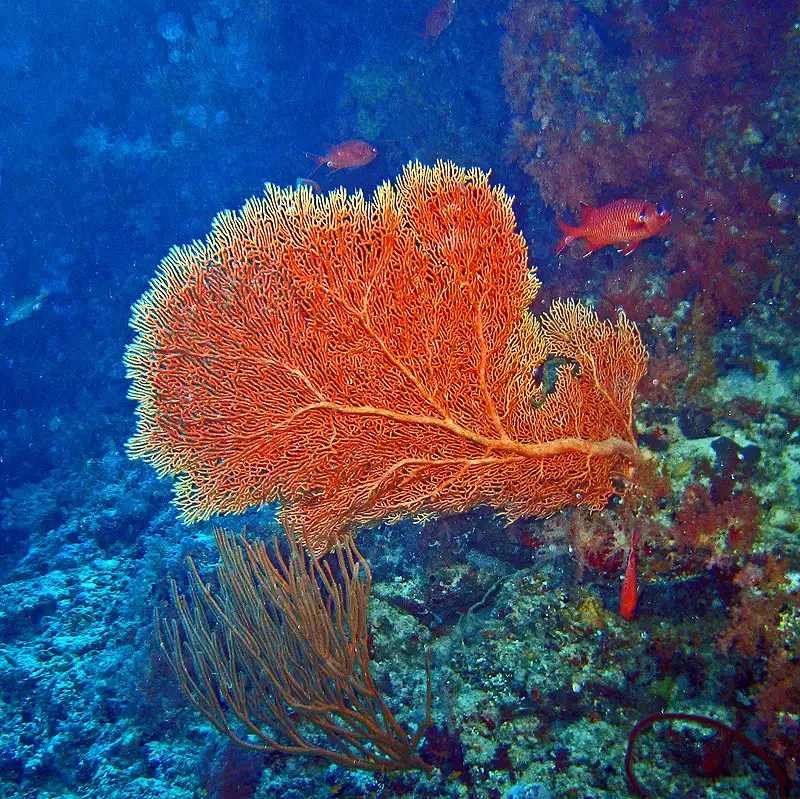
Yellow Sea Fan
Subergorgia suberosa
Subergorgia suberosa, commonly called the yellow sea fan, is a gorgonian‑ty···

Bubble Coral
Plerogyra sinuosa
Plerogyra sinuosa, commonly called the bubble coral, is a photosymbiotic ree···
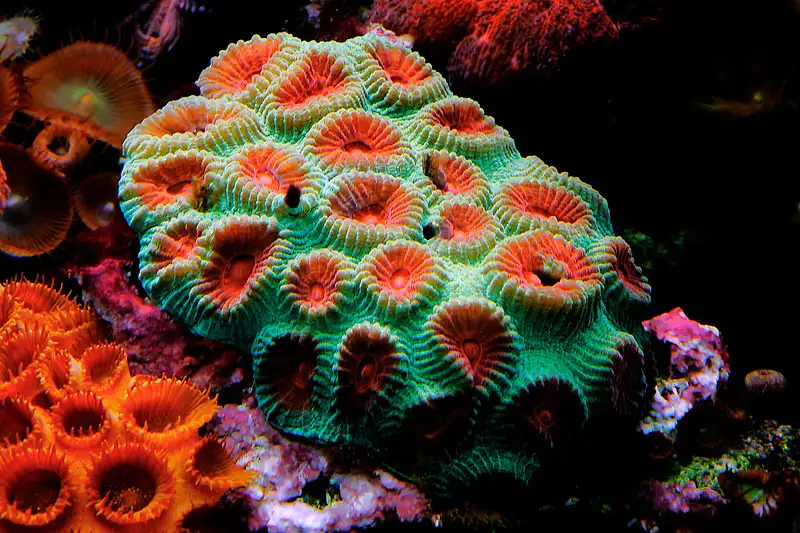
Elegant Honeycomb Coral
Favia speciosa (= Dipsastraea speciosa)
Favia speciosa (also cited as Dipsastraea speciosa) is a photosymbiotic, ree···
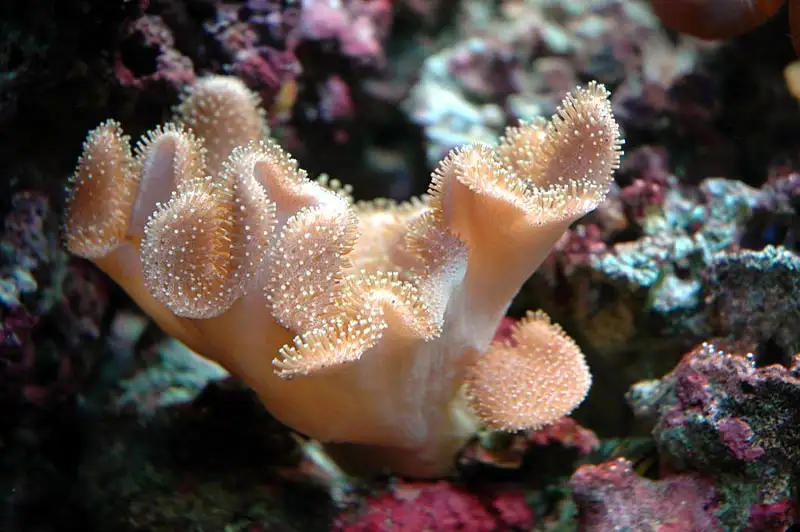
Elegant Leather Coral
Sarcophyton elegans
Sarcophyton elegans is an Indo‑Pacific leather (toadstool) soft coral in fa···
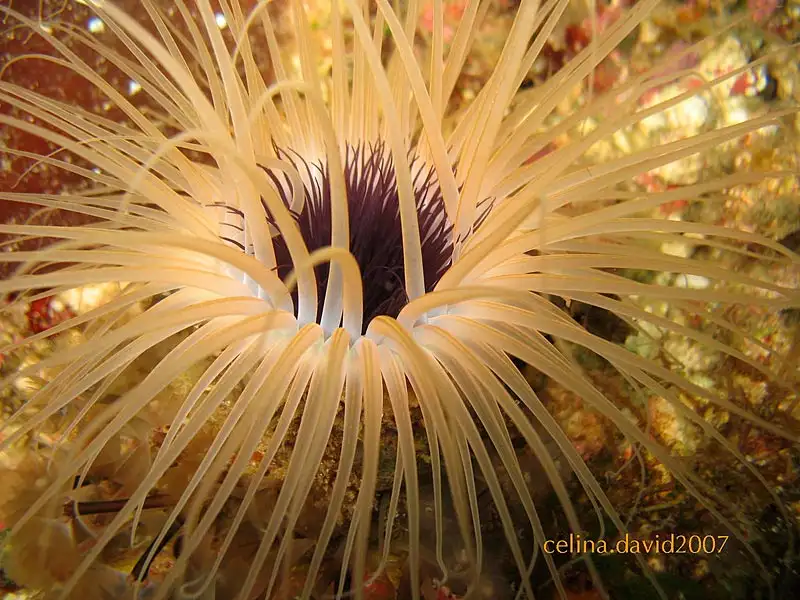
Tube-dwelling Anemone
Cerianthus membranaceus
Cerianthus membranaceus is a classic tube‑dwelling anemone (phylum Cnidaria···
